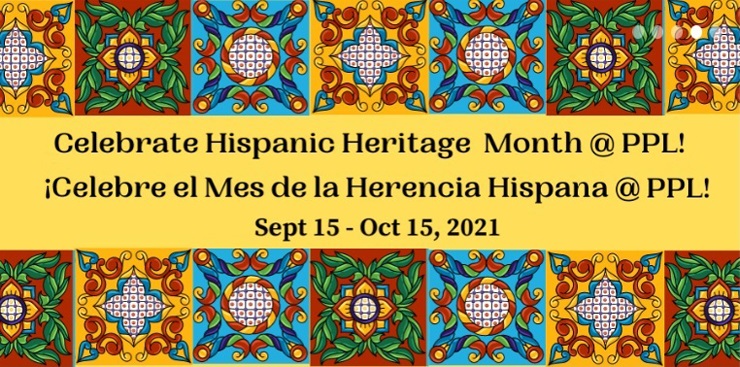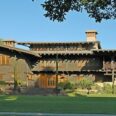
The Pasadena Public Library is inviting the community to take part in an online presentation Wednesday delving into the history of Hispanic-influenced architecture in Pasadena, and throughout the world.
The seminar will begin at 4 p.m. via Zoom and be presented by Dave Nufer who serves as a program developer and docent for Pasadena Heritage and the Los Angeles Conservancy, organizers said.
“This presentation focuses on how the Spanish/Hispanic/Latinx architectural design vocabulary evolved over a thousand years and four continents, and how it has been employed here in Pasadena,” the library said in a written statement.
“It examines numerous local examples, including the San Gabriel Mission, the Castle Green, the Caltech campus, the Civic Center, the 1920’s Spanish Colonial Revival houses built by George Washington Smith, Wallace Neff and many others, along with more recent Hispanic inflected projects such as the Del Mar Station,” according to the statement.
The architectural style of Spanish Colonial Revival dates back about 1,000 years, Nufer said.
“So there, you had a fusion of Islamic, North African, Roman and Spanish sorts of architecture and a lot of what we think of as design vocabulary now first appeared there,” he said. “…the sort of blank plain stucco exterior walls, the red tile roofs, a concentration on the inside of the house on courtyards and on gardens, the use of arcades or arches, the use of colorful ceramic tiles and a concentration inside the house on water features such as fountains or pools.
“So that developed initially in Spain. You then had some Italian Renaissance influences, then development of a more elaborate emotion — it’s called Baroque architecture, which developed in Italy and moved to Spain and then to the New World and really blossomed in Mexico,” according to Nufer. “And then those three traditions came up over the U.S. border when the California missions were founded.”
Built in 1771, the San Gabriel Mission is one of the earliest examples.
“The missions were a very simplified version of these more elaborate forms from Mexico and from Spain because they had very limited resources out on the frontier,” Nufer said. “The mission San Gabriel that was founded or built in 1771 is a very simplified mission style with two corner towers, a stuccoed adobe brick exterior, and red tile roof with an interior courtyard which has an arcade around it.”
Although Pasadena may be better known for its Craftsman-style architecture, such as the famed Gamble House, “…there’s probably actually more Hispanic style and influenced architecture here than any other style,” Nufer said. “You will see it in residences, in multi-unit apartment buildings, in our city hall, in the library, in numerous churches, in schools. It’s a glue style that goes really well together with other architectural styles. And we have a lot of different architectural styles in Pasadena, so it helps to hold those together to make a coherent cityscape.”
Pasadena’s Old Mill dates back to the early 1800s, he said.
“The Castle Green, which is one of the largest, most prominent examples of Hispanic-style architecture, was built in the 1890s. The City Hall and the Pasadena Central Library were built in the late-20s. The original campus at Caltech from about 1916 to the early 1930s was done almost entirely in Spanish Colonial Revival-style. The Pasadena Playhouse was about 1927,” Nufer said.
To reserve a spot and receive a link to the Zoom meeting, visit pasadena.evanced.info/signup/EventDetails?eventid=4911.














 0 comments
0 comments


